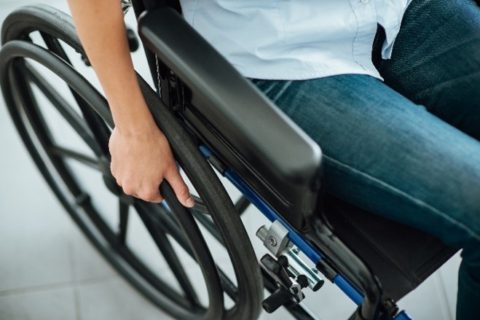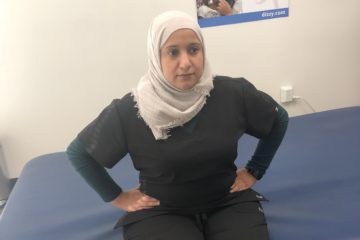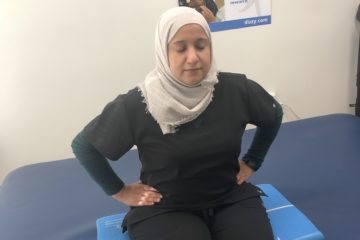
Concussions in wheelchair users – are you prepared to properly assess?
Published on: November 20, 2018
The mainstream professional literature has an abundance of published research on balance and posture assessment and rehabilitation following a concussion. A quick search of PubMed yields some 300 thousand plus articles! However, when you add the term “wheelchair” to a similar search, the yield becomes less than a half dozen. Do individuals in wheelchairs experience concussions? Of course they do!
In 2014 Wessels et al published a study in the Archives of Physical Medicine and Rehabilitation whereby they tracked 263 wheelchair basketball players ranging in age from 18-60 over the course of one season. They found that 6.1% reported sustaining a concussion. Unfortunately, only 56% reported their injury to a healthcare provider. Two-thirds of those who didn’t report their injury stated they did not want to be removed from participation. Does this sound familiar? The intellectual thought process of an able-bodied versus a disabled athlete is very similar when it comes to reporting a concussion. Furthermore, the study found that females were more likely to report their symptoms. Again, no surprise.
On this note, are we comfortable and competently prepared to perform a postural assessment of someone in a wheelchair who has sustained an acute mild traumatic brain injury? Is there a seated equivalent to the clinically performed BESS test? Believe it or not, the answer is “YES”, there is an equivalent version and it may bot come as a shocker that it is referred to as the “WESS” test, or Wheelchair Error Scoring System. 
How do you perform the WESS test?
- Seated hands on hips or wheels
- Seated eyes open on a firm surface
- Seated eyes closed on a firm surface
- Seated on a balance disk eyes open
- Seated on a balance disk eyes closed
- Wheelie eyes open
- Wheelie eyes closed
The directions are to maintain a seated posture with hands on hips during the seated  trials. For the wheelie trials, patients hold the wheelie position first with eyes open then eyes closed. Obviously, you need to spot appropriately for safety purposes.
trials. For the wheelie trials, patients hold the wheelie position first with eyes open then eyes closed. Obviously, you need to spot appropriately for safety purposes.
Balance errors for the seated position included lifting of the hands off of hips, touching a table or support object nearby, opening eyes during eyes closed testing, or remaining out of position for more than 5 seconds. For the wheelie testing, errors are recorded for regripping the wheel, opening eyes when performing eyes closed test, or remaining out of position for more than 5 seconds. As with the BESS test, a score of 10 is administered if a person is unable to maintain the test position for more than 5 seconds.
The WESS test incorporates similar instructions as the BESS test, assisting with familiarity for the clinician. And it works! It has been to be sensitive and specific enough to detect differences following a concussion, and has been reported to have good inter- and intra-tester reliability and validity. Best of all, it is quick, inexpensive, and easy to administer.
Kudos to Karla Wessels for coming up with this novel test!